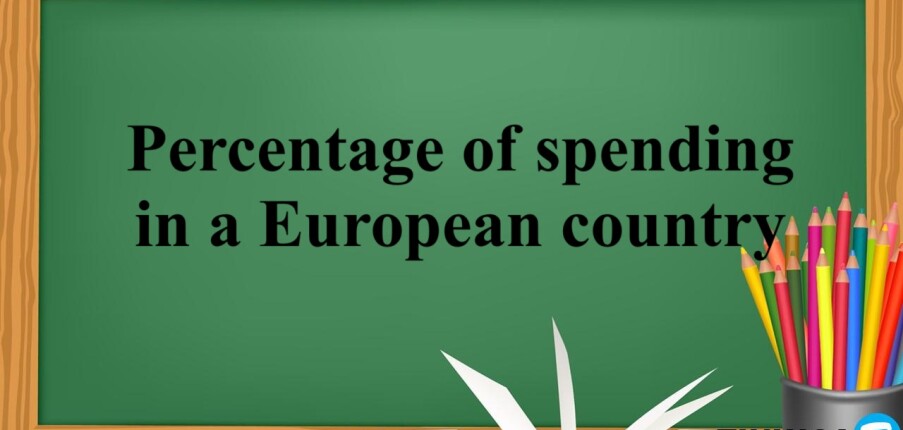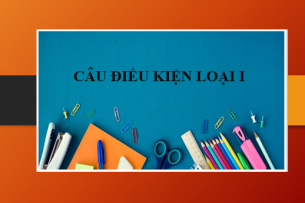Percentage of spending in a European country - Đề thi IELTS Writing Task 1
Phân tích bài viết
- Dạng bài: Biểu đồ đường, có sự tăng giảm
- Đối tượng phân tích: tỉ lệ chi tiêu của một quốc gia Châu Âu
- Thì: tất cả các mốc thời gian đều nằm trong quá khứ đơn nên bài viết sẽ sử dụng thì quá khứ đơn.
Cấu trúc bài viết
Mở bài: Paraphrase lại đề bài.
Tổng quan: Đưa ra những xu hướng tăng giảm của các nhóm số liệu. Nêu ra nhóm chi tiêu có tỉ lệ cao vượt trội.
- Câu thứ nhất: Phần trăm chi tiêu cho tất cả các thành phần đều giảm trừ chi tiêu cho quần áo
- Câu thứ hai: Chi tiêu cho lương thực chứng kiến mức sụt giảm mạnh nhất
Đoạn thân bài 1: So sánh số liệu của food và leisure
1. Food có phần trăm chi tiêu cao nhất, theo sau bởi leisure
2. Cả hai đều giảm sau 40 năm nhưng số liệu của food giảm gấp đôi còn leisure giảm nhẹ
Đoạn thân bài 2: So sánh số liệu của clothing và transport; nêu ra số liệu của Energy
1. Clothing và transport có cùng mức khởi điểm vào năm 1960
2. Sau 40 năm, chi tiêu cho clothing tăng còn transport giảm
3. Chi tiêu cho energy giảm xuống gần bằng không
Bài mẫu tham khảo
Bài mẫu band 5.0+
The line graph shows the expenditure pattern on different categories of a European country over 40 years from 1960 to 2000.
Overall, the most money was spent on food, while the figure for energy was the lowest. The expenditure witnessed a downward trend for all except the figure for transportation, which witnessed an upward trend.
In 1960, food expenditure accounted for the highest proportion at 30%, followed by that of leisure activities 20%. Lastly, clothing, transportation, and energy expenses were all around 10% or lower.
Expenditure on leisure activities also experienced a moderate decrease, declining from 20% to 10% by 2000. Witnessing the same trend, the data for clothing and energy fell to around 5% and 1% respectively.
Bài mẫu band 6.0+
The given line graph illustrates the proportion of money using in other purposes in a nation in Europe between 1960 and 2000. Overall, it is remarkable that the percentage of expenditure for clothing had increased, while the opposite had been true for those of remaining sectors.
To begin, the rate of spending for food in this countryside in 1960 was the highest, with about 32%, whereas the figure for energy was the lowest in the same year, with only 5%, lower around 4% compared to that of clothing. Also, the percentage of money for leisure in an European nation in 1960 was 20%, higher 10% than that of transport.
On the other hand, there was a gradual decline to about 1% in the proportion of energy spending in this country in 2000. Moreover, a slight decrease to 5% in the figure for transport was witnessed after 40 years. However, the period from 1960 to 2000 was experienced a moderate growth to 15% in the rate of clothing goal. Furthermore, the figure for leisure went down to approximately 12% in the final year, and that of food plunged to well under 15% after four decade.
Bài mẫu band 7.0+
The line chart illustrates how the population of a European country spent their money on food, leisure, clothing, transport, and energy from 1960 to 2000.
Overall, it can be seen that expenditure on all aspects except clothing declined over the period. In addition, while energy was the lowest expense for people, food was generally the highest.
In 1960, food made up just over 30% of expenditure in this country, which was the highest figure for that year, followed by spending on leisure at 20%. However, toward the end of the period, expenditure on food became less and less, and had more than halved by the year 2000, dropping to under 15%. Spending on leisure also declined over the period to around 12% by 2000.
Spending on transport and energy saw similar trends, both steadily declining over the measured period from 10% and 5% respectively, to around 5% and 1%. The only expenditure that increased over the period was that of clothing, which rose from around 9% to 15% over the 40 years period.
Bài mẫu band 7.5+
The chart shows six different spending categories in a European country from 1960 to 2000.
Overall, it can be seen that there was a downward trend among four types of spending (food, leisure, clothing and fuel/energy). The transport category was the only figure that increased steadily over the years.
To begin, in 1960, food was the highest proportion among all the categories, standing at approximately 34%. The figures fell around half over the period of time, at 15%. Similarly, there was a steady decrease in the figures for leisure and clothing, starting at 20% and 10% respectively and falling at its lowest point at the end of the year, 10% and 5% respectively. Fuel/energy consumption remained the lowest proportion throughout the years which experienced a slight downfall, from over 5% to almost 3%.
In regard to the remaining expenditure category, transport experienced a gradual growth over the 40-year period. At the beginning of the year, the proportion stood at nearly 10% and reached its peak at nearly 15% in the year 2000.
Bài mẫu band 8.0+
The line graph illustrates how the population of a European country spent their money on food, leisure, clothing, transport, and energy from 1960 to 2000.
Overall, the most money was spent on food, while the figure for energy was the lowest. The expenditure witnessed a downward trend for all except the figure for transportation, which witnessed an upward trend.
In the 1960s, the percentage of people's income spent on food was the highest, hitting a peak under 35%, which would nearly double the spending on leisure (at 20%). In the same year, the expenditure on clothing stood at 10%, 1% higher than the total for transport and energy, with respective figures of 9% and 5%.
Thereafter, the spending on transport increased considerably to 15%, which is the highest figure of all in 2000. By contrast, the spent on food and leisure registered a dramatically decline to 14% and 12%. The remaining figures also followed similar patterns, but were less pronounced, with respective figures for clothing and energy being 5% and 2% arrivals in 2000.
Vocabulary
- Expenditure: chi tiêu
- Expenses: chi phí
- Halved giảm: một nửa
Xem thêm các tài liệu Tiếng Anh hay, chi tiết khác:
TOP việc làm "HOT" dành cho sinh viên



